How to help native butterflies
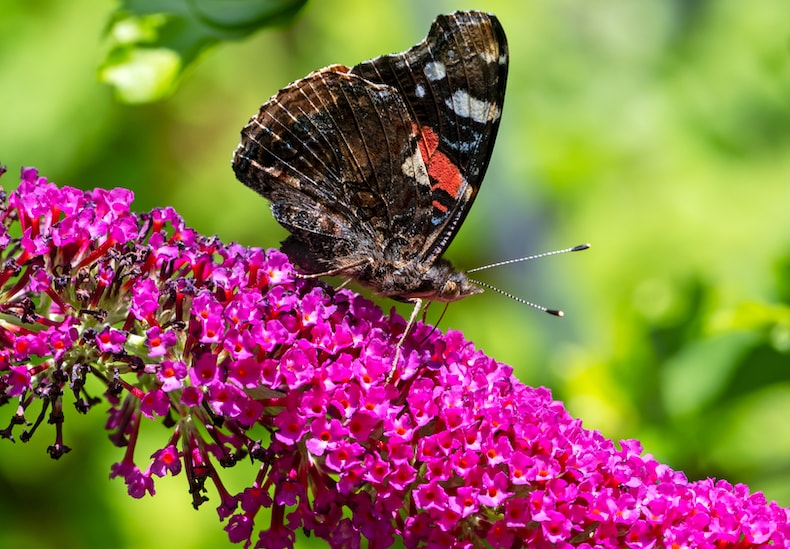
Butterflies love the nectar-rich flowers of buddleja shrubs
Image: Buddleja davidii 'Masquerade' from Thompson & Morgan
A lovely sight in the spring and summer months, butterflies and moths are part of our natural heritage and indicators of a healthy environment and ecosystem. Not only are they beautiful and diverse, butterflies and caterpillars are an important part of the food chain, supporting birds, bats and other insectivorous animals. Here are some top tips on how to support butterflies in your garden.
Browse our full range of plants for pollinators to find something suitable for your garden.
How many types of British butterflies are there?
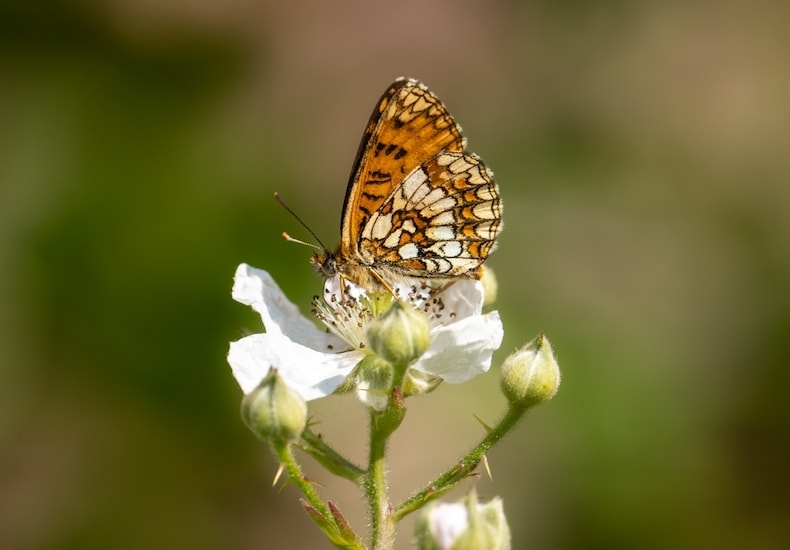
A Heath Fritillary feeding on a bramble flower
Image: Shutterstock
There are 58 species of butterfly native to the UK and many of these are under threat of extinction. Recent reports have shown, however, that conservation efforts have given some of our most threatened species a boost, including Heath Fritillary, Marsh Fritillary, Large Blue and Silver-Studded Blue. Habitats are being improved and restored and this has had a positive effect on these species.
You can do your bit to help these fragile insects by planting nectar-rich flowers for butterflies and moths in your garden. For a full list of nectar-rich plants that attract butterflies, see our guide to 'Plants for wildlife'.
Best plants and flowers for butterflies
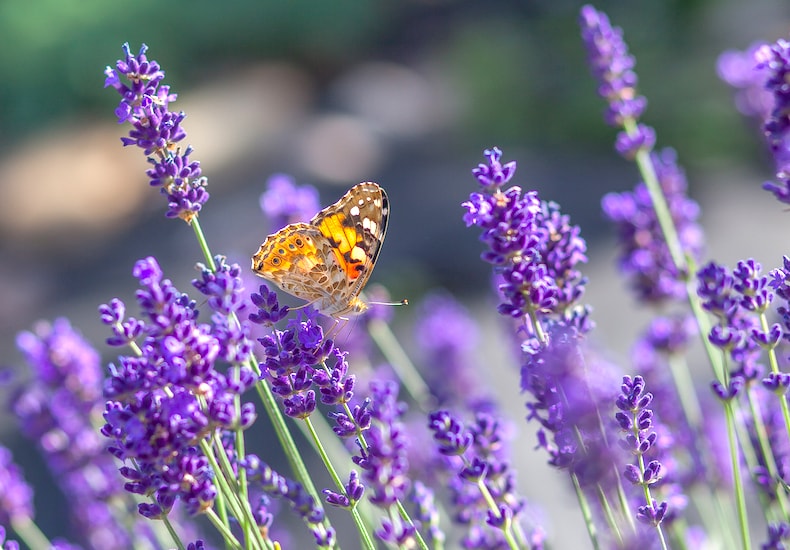
With a spreading habit, Dutch Lavender is perfect for edging pathways
Image: Lavandula x intermedia 'Dutch Group' from Thompson & Morgan
Plant some suitable nectar plants for butterflies and they will visit your garden, however small it is. Some of the best butterfly plants for summer nectar include:
- Buddleja
- Verbena bonariensis
- Lavender
- Wallflowers
- Oregano (Marjoram)
Moths will feed on the same plants as butterflies but are particularly drawn to night-scented plants such as:
Best container plants for butterflies
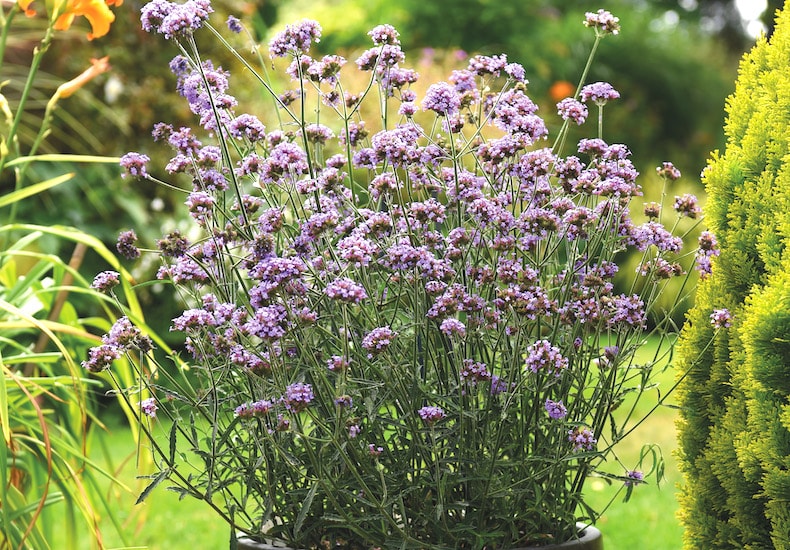
This new, dwarf variety of verbena bonariensis is loved by bees and butterflies
Image: Verbena bonariensis 'Royal Dreams' from Thompson & Morgan
If you don’t have a big garden but want to make sure that your containers are butterfly-friendly, there are many smaller plants that thrive in pots and window boxes.
Try leaving herbs to flower such as Thyme, Oregano, Lavender and Mint. Alternatively, plant dwarf Buddleja, Alyssum, Wallflowers, Allium, Hebe, Heliotrope and dwarf Verbena bonariensis in containers to bring in the butterflies.
Caterpillar host plants
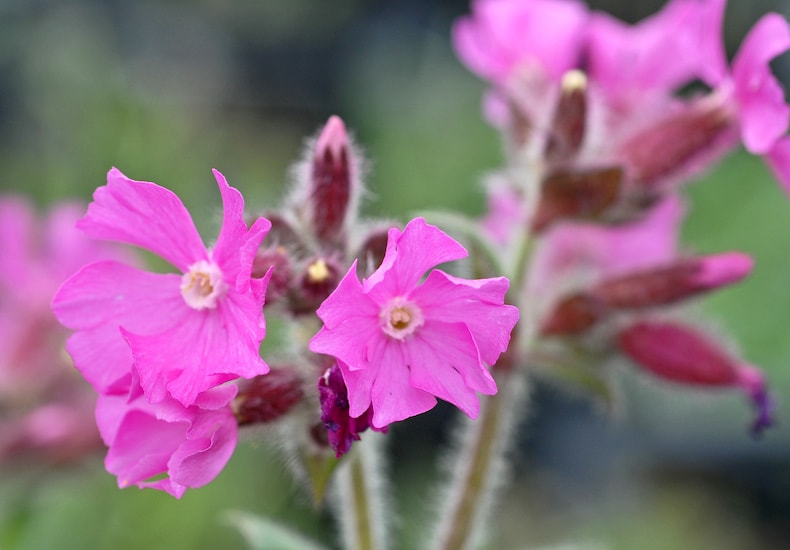
This mix of colourful flowers contains only those flowers recommended by Butterfly Conservation
Image: Butterfly Mix Seed Bag (100 seed balls) from Thompson & Morgan
The commonly suggested nectar plants for butterflies and moths are often unsuitable as egg laying sites. However, providing nectar in the garden is still a very important stepping stone between nature reserves and other natural habitats where butterflies breed. To try and encourage butterflies to breed in your garden grow areas of stinging nettles, thistles, garlic mustard, lady's smock, holly, ivy, alder buckthorn, birdsfoot trefoil or docks. Creating a wildflower meadow may also encourage breeding. Learn more about how to sow wildflower seeds here.
It’s worth noting that caterpillars tend to have a narrow range of native host plants and many butterflies need specific habitats in which to breed, which often can't be created at home. Some butterflies won't readily colonise new sites, requiring an existing butterfly colony to be present very close by.
Top tips for butterfly-friendly gardening
- Plant the same types of nectar plants in blocks in sunny, sheltered spots.
- Dead-head regularly and water your plants well to keep them healthy so they will produce more nectar for the butterflies.
- Most importantly, don't use pesticides or insecticides, as these kill butterflies and many other beneficial insects too.
Take part in the Big Butterfly Count
The Big Butterfly Count is a nationwide survey that provides valuable information on numbers and allows the Butterfly Conservation charity to plan how to protect butterflies in their natural habitats. Launched in 2010 it has rapidly become the world's biggest survey of butterflies. Just spend 15 minutes in a sunny spot, either in your garden, a park, woods, or fields and record how many of each species you see. Butterfly Conservation has a chart to download to make it easier for you! The survey website can be accessed at www.bigbutterflycount.org. This is a great way to get children involved in gardening and conservation.
If you're looking for more information and advice on gardening for wildlife, including how to create a healthy eco-system and attract pollinators, visit our helpful hub page. For guidance on native plants for butterflies and other wildlife take a look at our 'Native v non-native plants' guide.
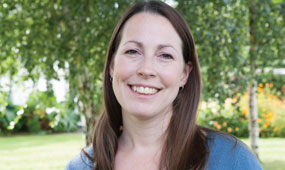
Written by: Sue Sanderson
Plants and gardens have always been a big part of my life. I can remember helping my Dad to prick out seedlings, even before I could see over the top of the potting bench. As an adult, I trained at Writtle College where I received my degree, BSc. (Hons) Horticulture. After working in a specialist plantsman's nursery, and later, as a consulting arboriculturalist, I joined Thompson & Morgan in 2008. Initially looking after the grounds and coordinating the plant trials, I now support the web team offering horticultural advice online.Sign Up For Exclusive Special Offers




© 2024 Thompson & Morgan. All rights reserved. A division of Branded Garden Products Limited.



